What Fruit and Vegetables Looked Like in the Past
Fruit and vegetables are present in everyone’s diet. Nowadays, you can buy them in any supermarket. But not everyone knows that they are very different from their wild ancestors.
5-Minute Crafts will show you what fruit and vegetables looked like in the past compared to what they look like now.
Banana
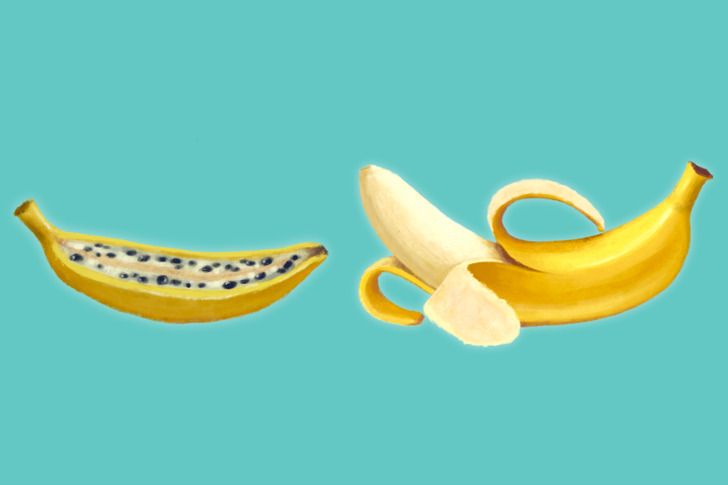
Bananas are one of the most popular exotic fruits all over the world. They were domesticated about 7,000 years ago. The modern fruit is the result of a crossing between wild species.
Bananas we are used to are significantly different from wild ones. Wild ones are full of big seeds, and there is little edible pulp in them. Modern fruits are sterile and contain only tiny residual seeds. This is why banana plants are propagated from cuttings.
Peach
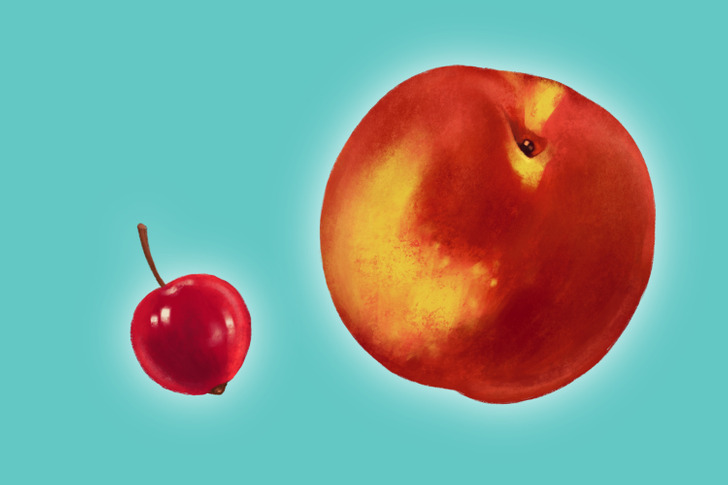
Large, sweet peaches that we all love are also a product of domestication. The wild peach had an earthy and slightly salty flavor similar to lentils.
They began to be domesticated in China, in the Yangtze Valley about 4,000 years ago. Farmers selected the seeds of the most delicious fruits for planting. It took about 3,000 years for peaches to look like the fruits we are used to. Modern peaches are 16 times bigger, 27% juicier, and 4% sweeter than their wild ancestors.
Watermelon
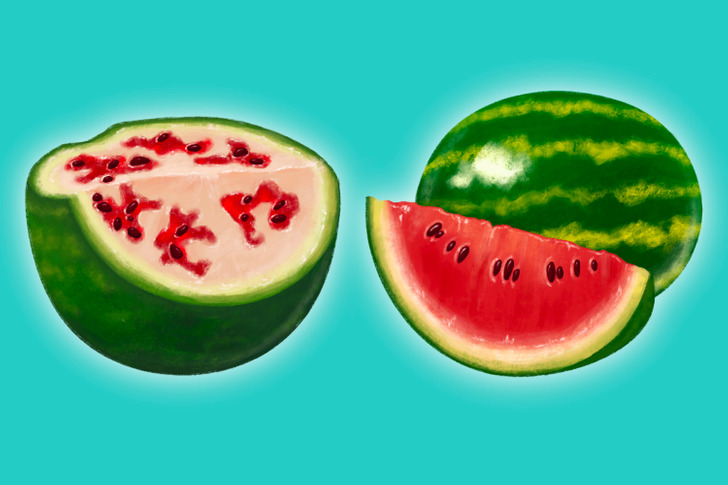
The watermelon wasn’t sweet and juicy 5,000 years ago. The wild watermelon was a bitter fruit with firm, pale green flesh. Watermelons were grown in Africa before spreading to the Mediterranean countries and other parts of Europe.
Seeds and paintings of watermelons were found in Egyptian tombs built over 4,000 years ago, including that of Tut Ankh Amun. Watermelons are an excellent source of water, which is why they were grown in arid countries. The fruits were ground into a pulp to get water out of them.
The main disadvantage of wild watermelons was their bitter taste, which breeders managed to get rid of. But apart from the taste, the color of the watermelon was also changed. In fact, the red color is associated with the gene that determines the sugar content. Therefore, the watermelon became sweeter and redder at the same time.
The seventeenth-century painting by Giovanni Stanchi shows us what watermelons looked like at that time. It wasn’t too green but not bright red either.
Corn
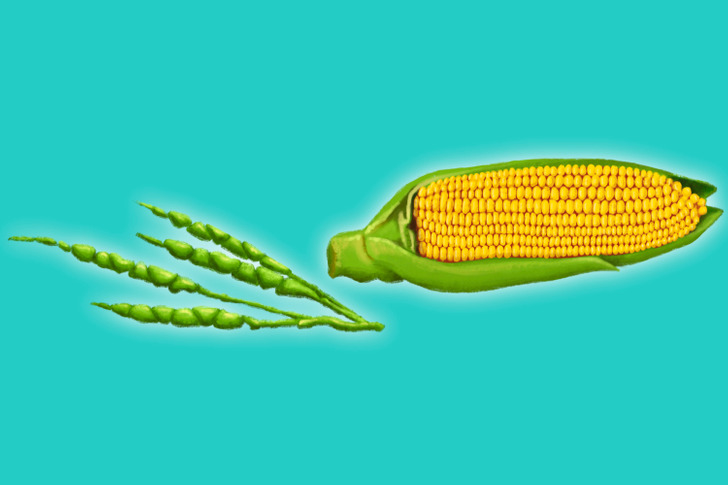
The corn we are used to is completely different from its wild ancestor. Its history began at the dawn of human agriculture, about 10,000 years ago in what is now Mexico.
The North American sweetcorn is derived from the teosinte plant. Ancient farmers noticed that not all plants were the same. Some grew larger and their grains may have been tastier or easier to grind. They were saved to be planted in the next season. This process is called artificial selection. Over time, the ears of corn became larger, with more rows of grains.
The modern corn is 10 times larger and 3.5 times sweeter than its wild ancestor. It’s also easier to peel and grow.
Carrots
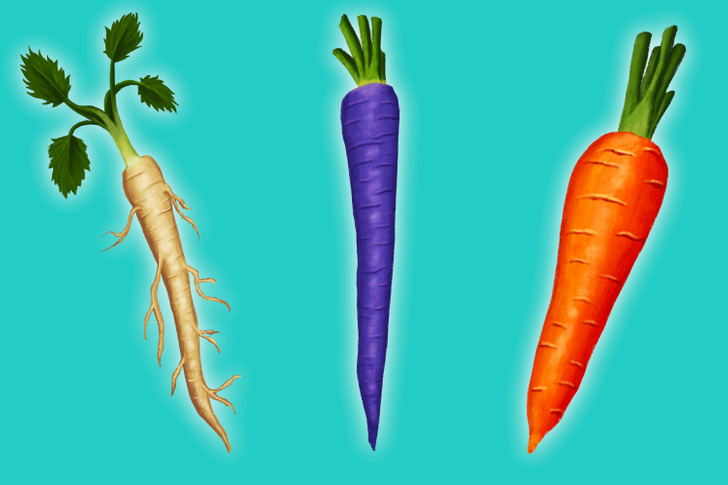
Carrots are one of the most popular root vegetables. However, the orange carrot we are used to has little in common with its wild ancestor.
Wild carrots existed in much of Europe and some parts of Asia since the Neolithic period. This can be proven by the remains of seeds found in archaeological sites.
Wild carrots had ivory-colored roots. It’s believed that it was domesticated in Asia in the tenth century. At that time, the roots of carrots were yellow or purple. The orange carrots that are familiar to us appeared only in the seventeenth century in Holland.
Eggplant
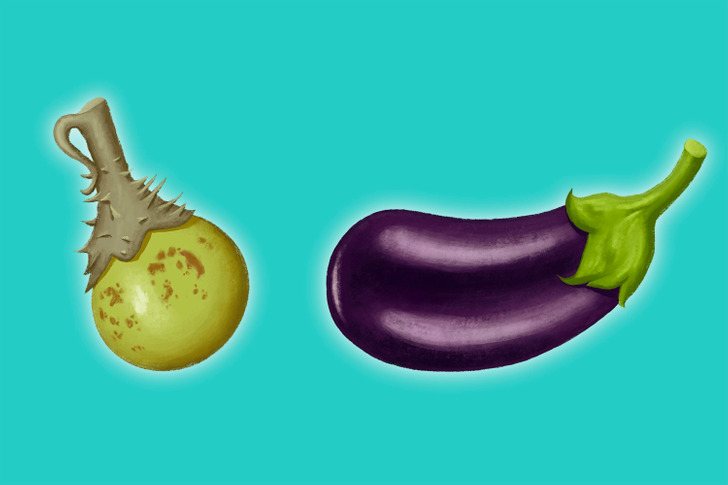
Modern eggplants look nothing like their wild ancestors. The first mention of eggplants dates back to the third century ACE. Another possible mention may refer to 300 BCE.
Eggplants are believed to have been domesticated in the Old World, most likely in India, China, Thailand, Burma, or elsewhere in Southeast Asia. They were likely originally used for medicinal purposes. Ancient records say that Chinese botanists tried to remove the bitter flavor of these vegetables.
The earliest domesticated eggplants had small, round green fruits. They had prickles to protect themselves from herbivores. Eggplants have come a long way, from round and small green fruits to large elongated fruits with a purple peel.